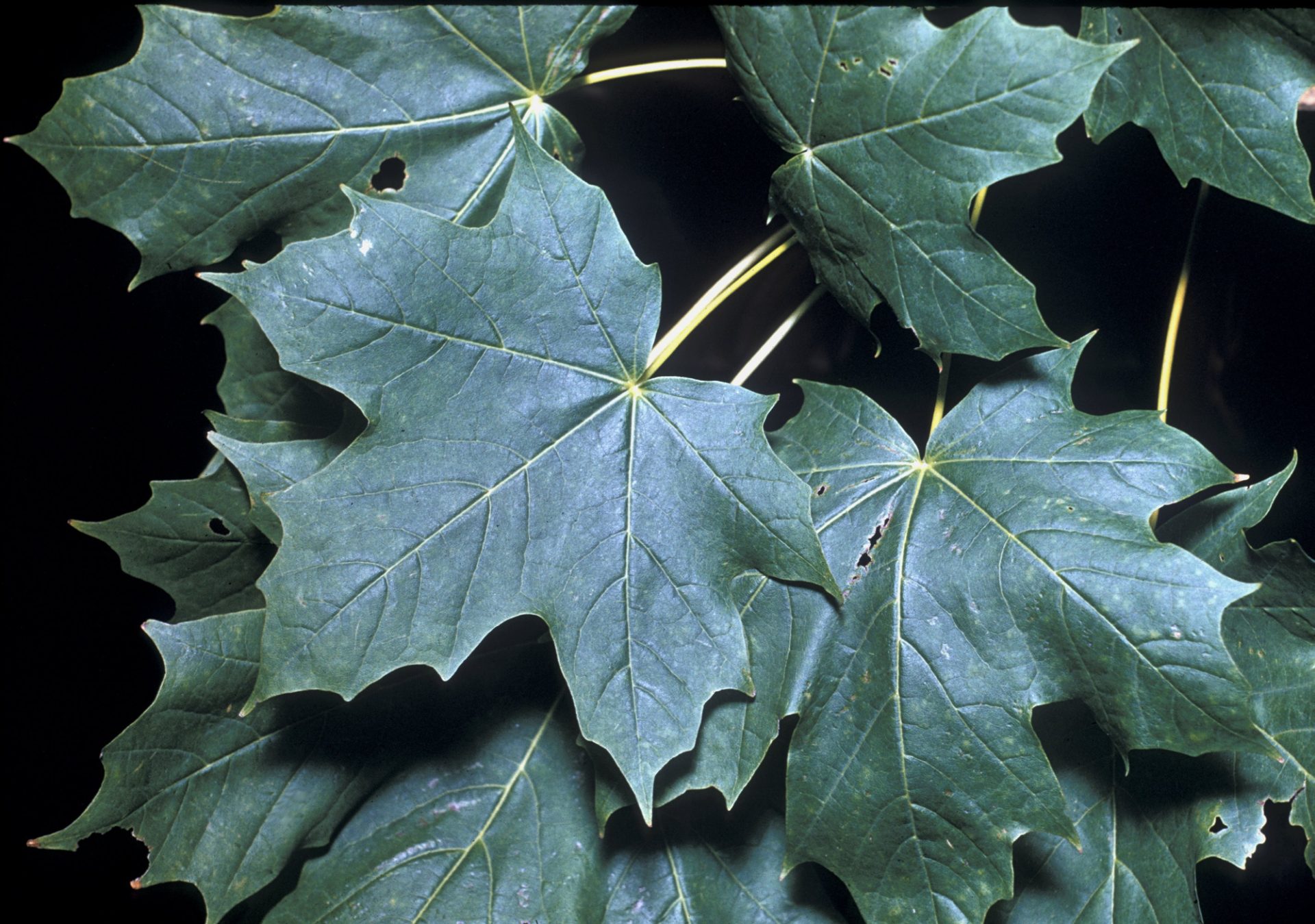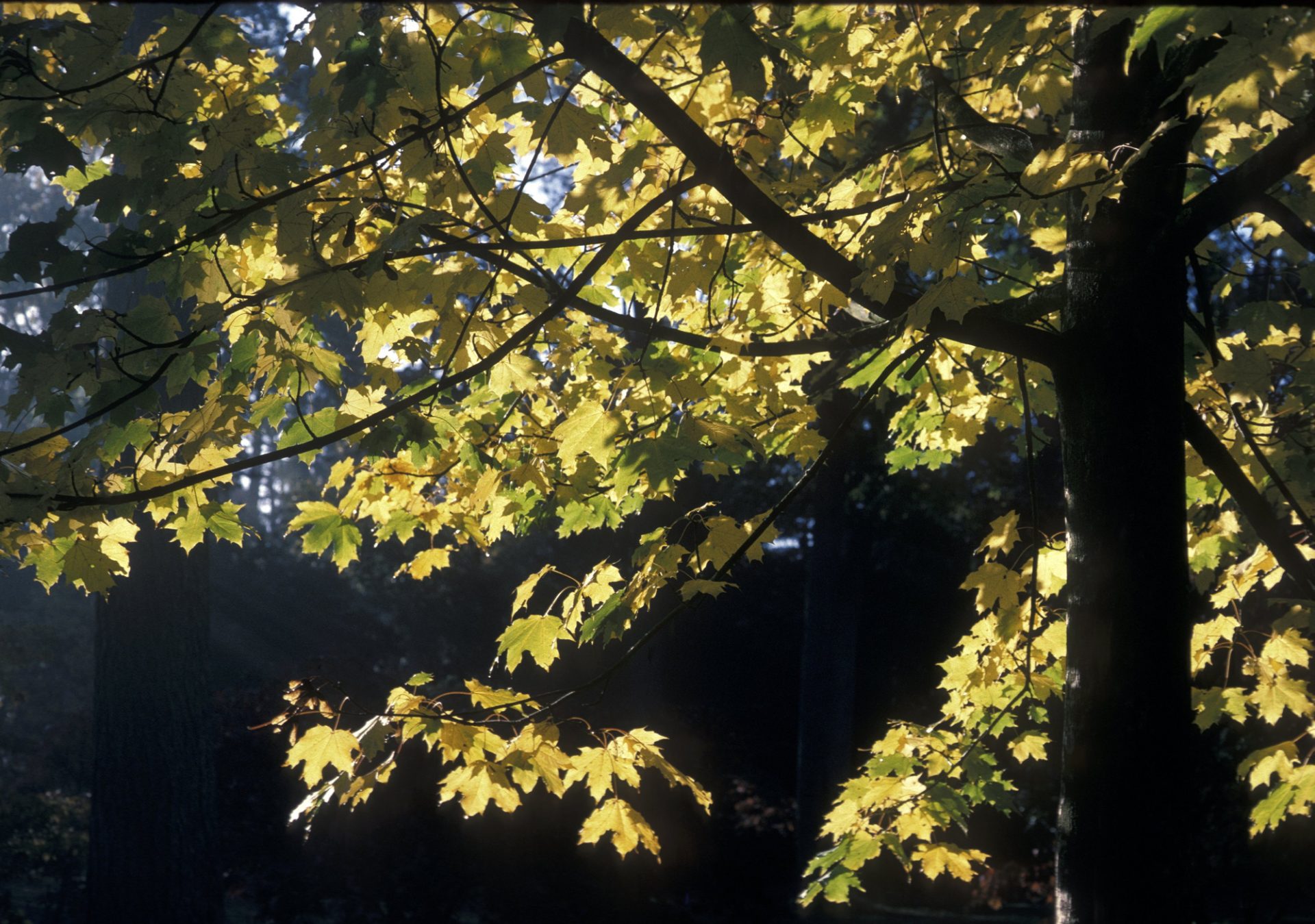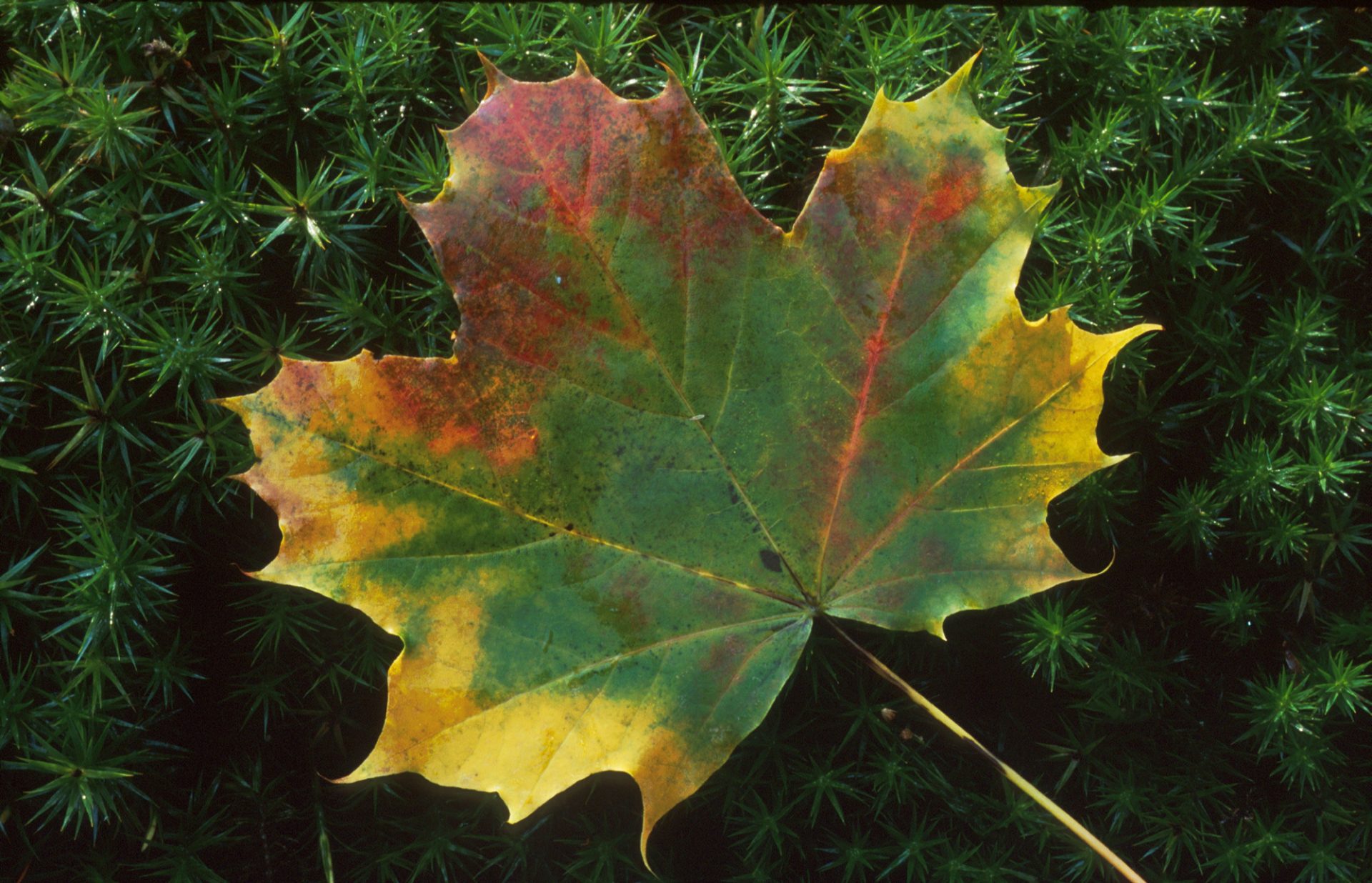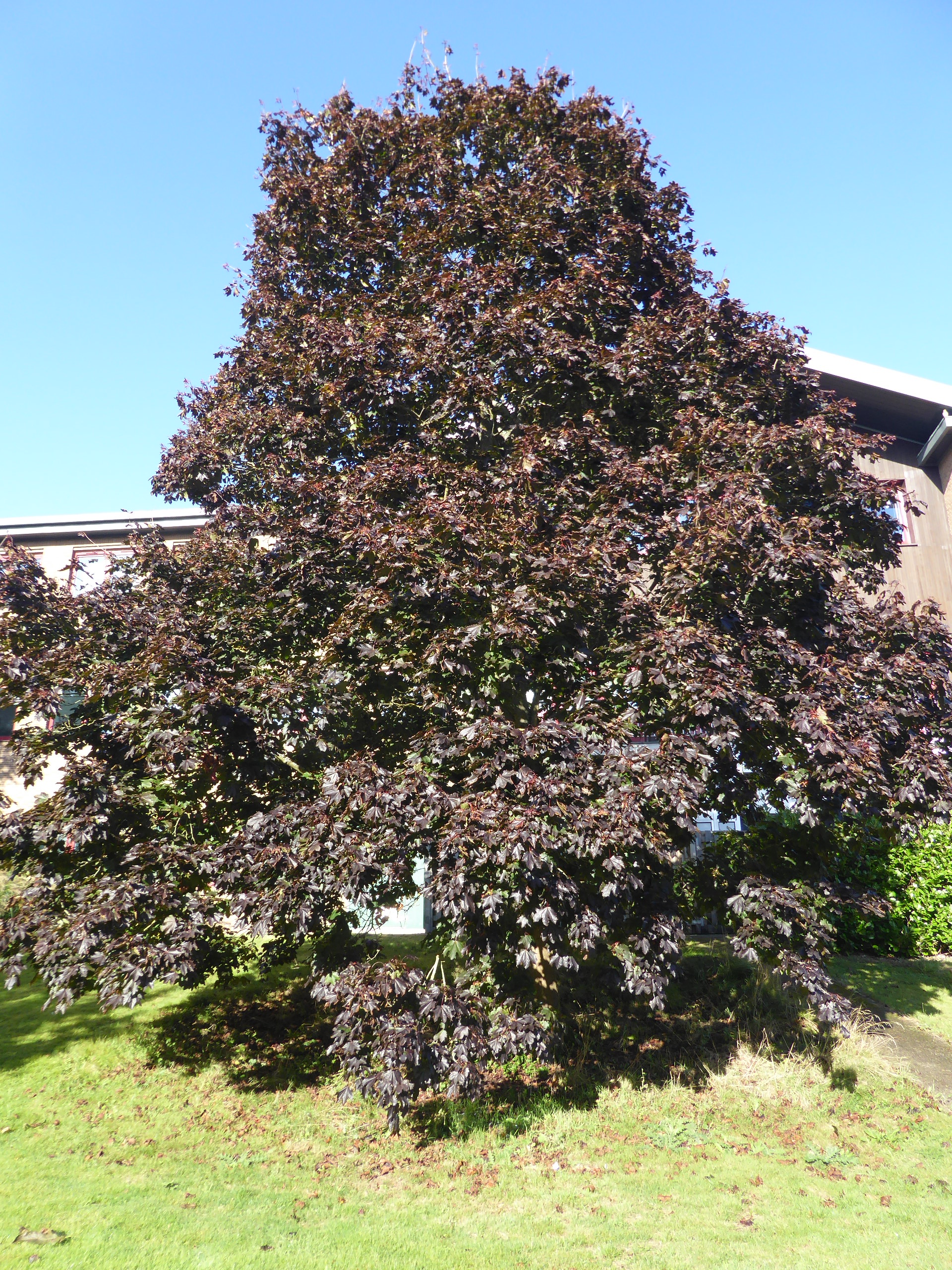Norway maple (NOM)
Norway maple is a large tree and the most widespread of the European native maple species. Introduced to Britain in 1683 it has been widely planted but is mainly known for its horticultural interest. Cultivars such as the variegated leaved ‘Drummondii’ and purple almost black leaves of ‘Crimson King’ are frequent trees in parks and gardens.
An adaptable species suited to the climate and conditions of Britain and has become naturalised in some areas.
Norway maple is categorised as a secondary tree species. These are species that have demonstrated positive silvicultural characteristics in trial plots, but gaps in our knowledge constrain their wider use. These species are being actively evaluated to increase understanding and inform future deployment.





Range
Norway maple has a widespread range in Europe from Scandinavia to the Pyrenees and east to the Ural Mountains. It is usually a component of mixed lowland forests.
Provenance Choice
Material from good quality stands in Britain or western Europe should be preferred.
Key Properties
Site Requirements
Cold hardy throughout Britain, but is less tolerant of exposure than sycamore. Grows on a wide range of soils, but does best on deep, fresh to moist free-draining soils of medium to rich nutrient status. Annual rainfall across its natural distribution ranges from 600 to 1600 mm, with the best growth exhibited in areas with rainfall greater than 1200 mm. Norway maple appears to be more tolerant of drier sites than sycamore, and can grow on alkaline soils. It is not suited to soils of very poor nutrient status or waterlogged conditions such as peats.
Relatively tolerant of pollution and the combination with good autumn foliage colour makes this is a useful species for planting in or around urban areas.
Further detail on the site requirements of Norway maple in current and future climates can be examined using the Forest Research Ecological Site Classification Decision Support System (ESC).
ECOLOGICAL SITE CLASSIFICATION TOOL
Silviculture
Norway maple is comparatively shade-tolerant in the seedling stage, but then requires direct light for good growth. It grows fast for the first 30-40 years and can be difficult to manage in intimate mixtures where it may suppress admixed species.
Both containerised and bare-root seedlings will give satisfactory establishment provided both vegetation competition and browsing pressure are controlled. Formative pruning during establishment will help the production of quality timber. Regular and heavy thinning should be conducted after canopy closure, combined with pruning of the best stems. On good sites, trees of 40 cm dbh can be grown in around 40 years. The species is not as long-lived as sycamore.
Norway maple’s growth habit means that it is best grown in group mixtures rather than in pure stands: this may also reduce the impact of severe squirrel damage. The species produces good seed crops from 20-25 years of age and natural regeneration can be abundant and could be considered invasive if not required; now naturalised in parts of Britain. First principles suggest such regeneration is best promoted using a shelterwood system.
The species’ sensitivity to wind exposure mean that it is best used on appropriate sites in lowland Britain. On upland sites sycamore will be a better alternative.
Pests and Pathogens
Like sycamore, Norway maple is affected by various leaf spot and blotch diseases. It is reported to be especially vulnerable to Verticillium wilt, but also affected by root diseases caused by Phytophthora and Armillaria (honey fungus).
It is vulnerable to bark stripping by grey squirrels and horse chestnut leaf miner (Cameraria ohridella) has also been reported to occasionally damage Norway maple particularly if planted close by.
See our other tools and resources
Further Resources
External
In addition to the general sources of information for species the following are useful for Norway maple.
Kerr, G., and Niles, J. (1998) Growth and provenance of Norway maple (Acer platanoides) in lowland Britain. Forestry, 71, 219-224.
Wilson, SMcG, Mason, B., Savill, PS and Jinks, R. (2017) Noble Hardwood Alternatives to Ash. Quarterly Journal of Forestry, 111, 166-182.
Caudullo, G., de Rigo, D., 2016. Acer platanoides in Europe: distribution, habitat, usage, and threats. In: San-Miguel-Ayanz, J., de Rigo, D., Caudullo, G., Houston Durrant, T., Mauri, A. (Eds.), European Atlas of Forest Tree Species. Publ. Off. EU, Luxembourg, pp. e019159+




